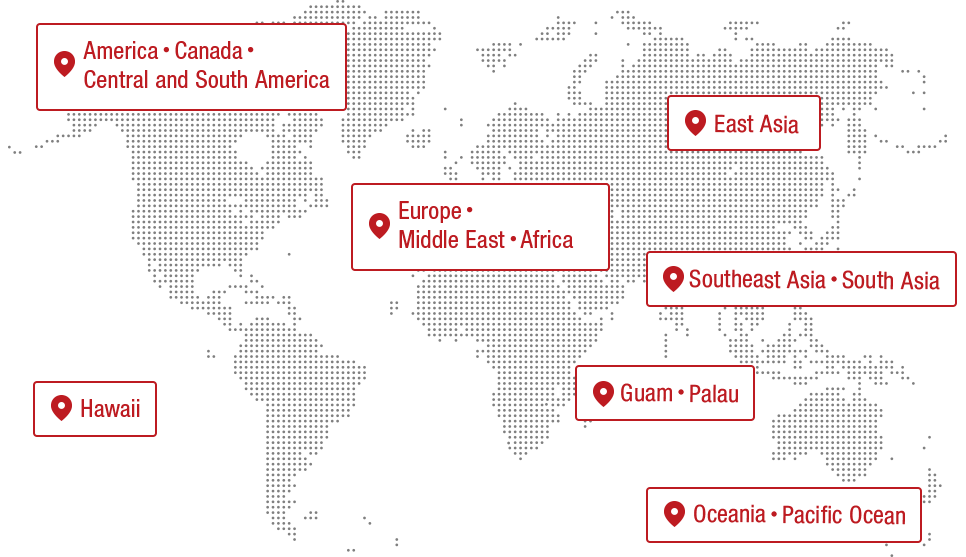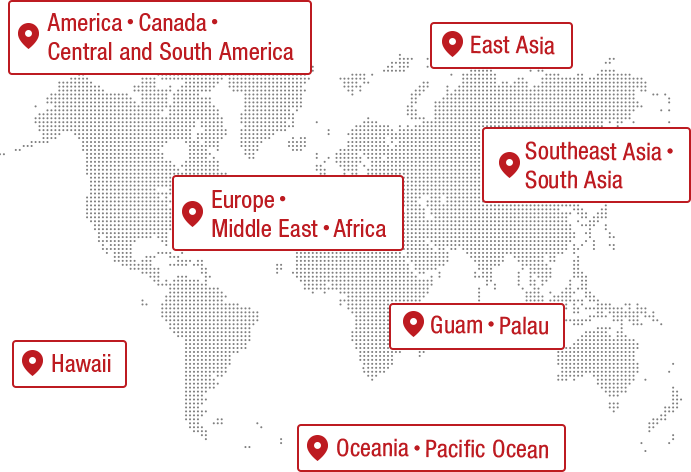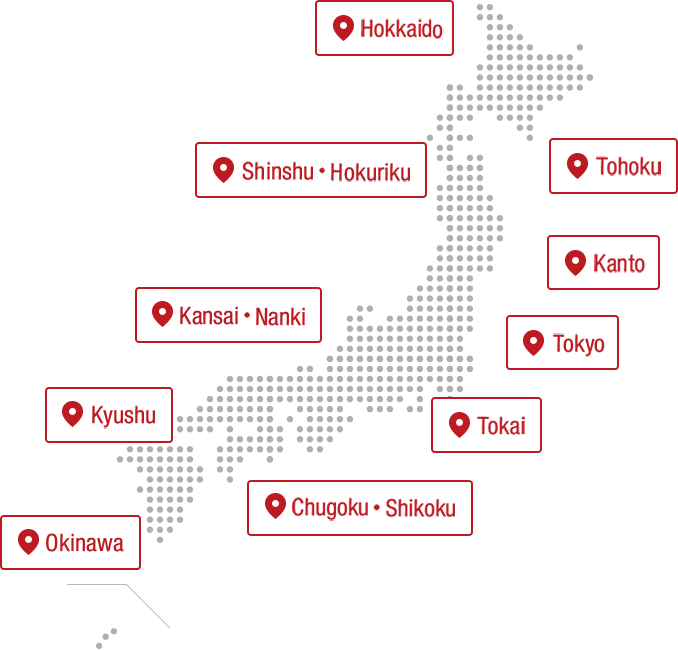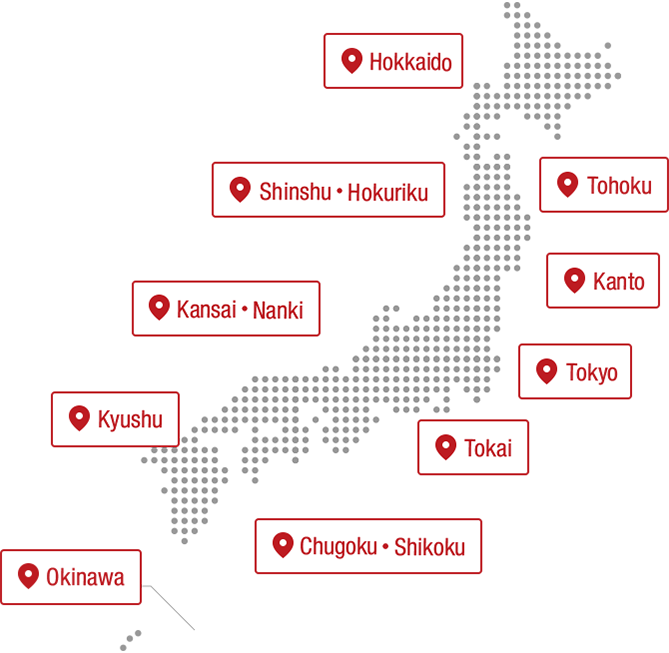But there's no need to give up. Aki Nakaoka, representative of the general incorporated association ata Alliance, is working to provide trips and activities that allow everyone to dive into the great outdoors, regardless of whether they have a disability or not. Nakaoka, who used to fly around Japan and overseas as a flight attendant for JAL, was suddenly struck by an incurable disease and became wheelchair-bound at the age of 25. But she didn't give up on traveling. She has climbed Mount Fuji, skied from the summit to the base of Hakuba Happo-one Ski Resort in Nagano Prefecture, and even traveled to Canada, where the temperature is minus 30 degrees Celsius at 60 degrees north. Nakaoka has continued to open the door to all kinds of possibilities, and is now working tirelessly to further expand the range of things people can enjoy together.
This winter, Nakaoka-san is focusing her activities on Hakuba. Listening to her story, I was reminded of the universal joy of traveling that transcends disabilities and age, and I felt like planning my next trip with my friends and family.
Interview and text: Fumihisa Miyata
The feeling of diving into nature in a wheelchair, the feeling of cutting through the wind at high speed - what is "dual skiing"?
OnTrip JAL Editorial Department (hereinafter, JAL): In January of this year, the ata Alliance, which you represent, held the "Wheelchair Snow Play" tour, which allowed people using wheelchairs or walking sticks to enjoy the great outdoors of Hokkaido in winter (co-planned with JAL and Club Tourism). What was the trip like?
Aki Nakaoka (hereinafter, Nakaoka): There were many people who said, "I never thought I'd be able to have an experience like this." They enjoyed the snowy mountains on dual skis (seated skis that people who can't stand, i.e., can enjoy under the control of licensed pilots who have undergone rigorous training, even if they can't sit down) that we, the ata Alliance, imported to Japan, and "snow carts," skis operated with handlebars that were introduced for the first time in Japan by Professor Ayano Kato of Shinshu University and Yatsugatake Fujimi Kogen Resort.

Aki Nakaoka (Photo: Naoki Shimoda)
Nakaoka: They enjoyed skiing, something they had always wanted to do but felt was impossible, and experienced the sensation of sliding on powder snow like skiing over whipped cream, as well as the sense of speed as they raced through a world of silvery white snow. It was impressive to see how impressed they were by the experience, which is unique to Hokkaido. They were also happy to meet the people who participated with them. They were able to enjoy the space and time shared with everyone, something they would not be able to experience on a solo trip.
JAL: The attitude of having fun together is reflected in the tour name, "Playing in the Snow."
Nakaoka: The term "barrier-free" keeps wheelchair users away from enjoying the great outdoors. But I don't think wheelchair users should be restricted to barrier-free access. The name "Playing in the Snow" reflects our desire to have fun together with everyone, regardless of their position, age, or whether they have a disability.

A look at the "Wheelchair Snow Play" tour in January this year (photo by Naoki Shimoda)
It's not a question of "can I go?" but "do I want to go?" A turning point in life: mountain climbing with my children
JAL: How did you come to be involved in the work you are currently doing?
Nakaoka: When I was working as a flight attendant, I started to feel something was wrong with my body, and at the age of 25, I was diagnosed with a progressive, incurable disease (a muscle disease for which there is no established treatment). Time just passed by, and I didn't know how to accept the reality that had suddenly been thrust upon me.

(Photo: Naoki Shimoda)
Nakaoka: While I was stunned like that, my body started to get harder to move, and I gradually became unable to do the things I had been able to do before. But I still had to live. I was full of conflict. But if I was going to live anyway, I wanted to find something that would give me a purpose in life going forward. With that thought in mind, I gradually came to terms with my daily thoughts.
After that, I got my driver's license, went driving, and continued to challenge myself in my own way. However, at that time, I was teaching English at a free school, and the elementary school students invited me to go mountain climbing with them at their summer camp, but I turned them down.
JAL: This leads us to the story of your 2008 ascent of Mount Tategamine (1,689m) in Nagano Prefecture, which you said was a turning point for you.
Nakaoka: To begin with, I didn't know how to climb a mountain in a wheelchair, and I thought I shouldn't go if it would cause trouble for others. I was shocked when the kids asked me, "Don't you want to go?" They had invited me purely because they wanted to go camping with me. But I unconsciously judged whether I could do it or not, and closed the door to myself.
I don't want my children to see me give up before I even try. Instead of thinking about whether I can do it or not, I want to think about what I need to do to make it possible.
Camping on the mountaintop, starry skies and sunrises. From there, you can see Mount Fuji and the Aurora.
JAL: This is exactly the same spirit that we saw in the snow play tour we mentioned earlier.
Nakaoka: The staff around us helped out, and we used four-wheeled buggies and light trucks to climb the mountain. It was a small mountain, but we had a meal at the top, where there were no toilets, and we saw a starry sky and the sunrise - we were able to see scenery we had never imagined together with the children. That experience was very big for me.

At the 9th station of Mt. Fuji in 2010
Nakaoka: I was so happy that my kids and I started talking about where we should go next, and we jokingly said, "Mt. Fuji, right?" But the conversation expanded from there, and the following year, we started looking for a realistic way to climb Mt. Fuji. We went overseas to look for a wheelchair that would put as little strain on myself and my companions as possible, and when we found the amphibious wheelchair called "HIPPOcampe," which we later started importing, we thought it was perfect. So we climbed Mt. Fuji, went to Canada to see the Northern Lights, and little by little the number of places we could go increased.
JAL: Did you discover Dualski through this process?
Nakaoka: Yes, I went to a ski camp with my kids in the winter, and I just watched everyone skiing. Before I went, I thought I would just watch, but as I watched, I found myself envious. I've always loved roller coasters and other fast things... (laughs). I went back to Germany to look for equipment, and that's when I came across dual skis. I thought, "I definitely have to import this to Japan!"

At the German welfare equipment exhibition "Rehacare" in 2009
The contents published are accurate at the time of publication and are subject to change.











